#april and friedrich
Explore tagged Tumblr posts
Text
i love you. i feel as though we were never strangers, you and i, not even for a moment.
1 note
·
View note
Text
Brockenhexen

Brockenhexen (Brocken witches) are fictional figures of folklore, which gather at Walpurgis Night on Mount Brocken, the highest elevation in the Harz mountains. Since the second half of the 17th century, Mount Brocken is regarded as the main convention venue for the witches of Germany. Literary representations of witch gatherings on Mount Brocken by Johannes Praetorius ("Blockes-Berges Verrichtung") and Johann Wolfgang von Goethe ("Faust") popularized the image of the mountain as a magical place and made it a tourist destination with yearly events st Walpurgis Night, alongside with the sale of pertinent souvenirs by the locals. Rock formations near the summit were named Witches' Altar and Devil's Pulpit. The destination was further popularized by Otfried Preußler's "Die kleine Hexe" ("The Little Witch") and the audioplay series Bibi Blocksberg.

Even before Mount Brocken made its way into literature, it was locally regarded as a gathering place for witches, alongside a number of other summits in the area. This belief probably originated from the times of the medieval witch hunts, which lasted until the 17th century. The summit, being a remote and difficult to access place, was often cited as a place where witches could gather unseen and used as an argument of the prosecutors.

Since the 18th century, the summit of Mount Brocken was believed to be an ancient place of pagan rituals. It was alleged that the Saxons, who were forcefulley christianized by Charlemagne, still performed their pagan rites at remote places. When Charlemagne heard reports about these gatherings, he had Christian guards watch over these places. The Saxons, however, dressed up in scary costumes to chase the guards away. The guards then invented stories about witches flying past them as an explanation why they were unable to prevent pagan gatherings. However, recent archeological investigations showed that the summit of Mount Brocken was ever used as a pagan sanctuary.

With the beginning of tourism at Mount Brocken in 1801, the the hosts of the inn at the summit started to detail the old myths of witches on the mountain. They named prominent rock formations and terrain features "witches' dance floor", "witches' pond", and "witches' well". The second innkeeper, Eduard Nehse, was particularly creative, inventing a "witches' washbowl", which kept filling with water on its own. Other places in the Harz mountains followed suit to attract tourists. This way, you find many places named after witches and the devil. Tourism is still an important line of business in the Harz mountains.

Gatherings at Walpurgis Night, celebrated during the night from April 30 to May 1, started even before the first inn was built near the summit. People gathered to recite the Walpurgis Night scene from Johann Wolfgang von Goethe's epic drama Faust. The first innkeeper, Johann Friedrich Christian Gerlach, organized concerts with popular music and handed out broomsticks that guests used to dance. Danish writer and poet Hans Christian Andersen reported about one of these events in 1831.

In 1903, a Walpurgis Association formed to organize a party at Walpurgis Night, which was attended by more than 500 people. However, the owner of the summit, Prince Christian Ernst of Stollberg-Wernigerode, prohibited such activities, so smaller parties were organized at surrounding hotels. From 1908 on, the tourist office of Wernigerode organized the parties, which took place yearly until the end of World War II., with the exception of the years of World War I. During the Third Reich, the Nazis used the Walpurgis Night to spread their own ideology.

After World War II, the summit was occupied by the Soviet Army, so parties were no longer possible there. In the GDR, the evening before May 1 was already occupied with the preparations of the international worker's day for peace snd socialism. The only reminder of the tradition was a tractor named Brocken Witch, which was produced in Nordhausen south of the Harz mountains.

In the West German part of the Harz mountains, Walpurgis parties were still celebrated and quickly spread to the eastern part after the reunification. However, environmental concerns prevented larger gatherings on Mount Brocken. The main event is now taking place on the Witches' Dance Floor near the town of Thale. The tradidion has now spread throughout all of Germany and beyond. There is some criticism that the events primarily focus on entertainment and that the memory of the atrocities committed during the times of the witch hunts is completely missing.

Today, puppets showing Brocken Witches are a popular souvenir. The first known witch-themed souvenirs originate from the time of the first Walpurgis Night celebrations organized by the Wernigerode tourist office. The witches vary greatly in their appearance. There are both old and young, ranging from ugly to beautiful. Their clothing is often patched. Some also wear glasses and slippers, traditionally usually a headscarf, and more recently, a pointed hat.

144 notes
·
View notes
Text


24/06/24
"[...] I would like to know if you feel as I do- that we have never been strangers at all, not for a moment!"
- Friedrich Nietzsche; from a letter to Mathilde Trampedach, April 11 1876
#love letters to my goose 🍄#💛💛💛#photographers on tumblr#original photography#nature photography#nature#naturecore#nature aesthetic#cottagecore#cottagecore aesthetic#cottage aesthetic#flowers#flowercore#flower aesthetic#gardencore#earthcore#fairycore#fairy aesthetic#softcore#soft aesthetic#light academia#light academia aesthetic#summer#summercore#summer aesthetic
389 notes
·
View notes
Text
Die zwei Gesichter des Friedrich M.
13. April:

14. Mai:

24 notes
·
View notes
Text

Frederick August Neubauer (1855-1945) - Birth of Venus
Oil on canvas. Painted in 1893.
48.6 x 28.5 inches, 123.5 x 72.5. Estimate: £3,000-4,000.
Sold Roseberys, London, 12 March 2025 for £3,410 incl B.P.
Born 23 April 1855 to Friedrich Ludwig Neubauer and Anna Catharina Zimmerman Neubauer. Neubauer died 17 July 1945 and was buried in Walnut Hills Cemetery in Cincinnati, Ohio. Neubauer was married to Ottilia Fischer Neubauer and had 4 children: Estella Neubauer, Alma Neubauer Ramsey, August Neubauer, Amor Neubauer.
70-acre Walnut Hills Cemetery began as a 5-acre plot of land known as The Second German Protestant Cemetery in 1843. As well as Neubauer, his parents, three sisters, wife, and his four children are also buried there.
If you are here via Tumblr then this will be of little interest to you, though perhaps more so if you've googled him. Roseberys did not list a date of death in the catalogue, nor did Christie's when they sold this painting in 2003 (for alot more). Nor does Artnet and neither does Invaluable. However, it only took ten minutes of fossicking about with Mr Google for the pair of us to find the information on peoplelegacy.com. You don't have to be an expect in any given field (I'm certainly testament to that) to be able to add something to the narrative. No one deserves to be forgotten.
32 notes
·
View notes
Text
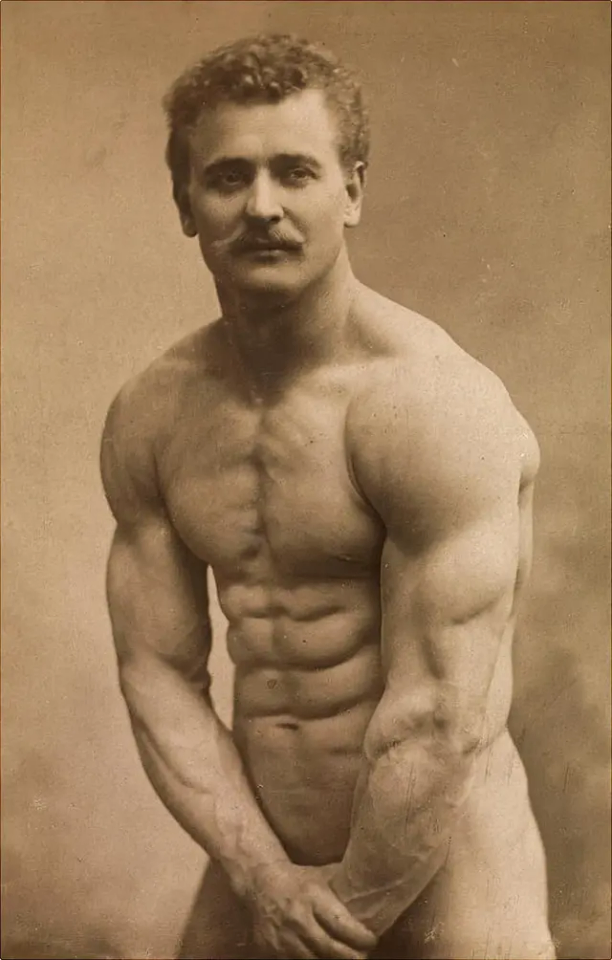

Eugen Sandow (April 2, 1867 – October 14, 1925), born Friedrich Wilhelm Müller, was a German pioneering bodybuilder known as the "father of modern bodybuilding".
35 notes
·
View notes
Text
Evilness of Israeli Regime and the Israelis living on stolen Palestinian land
youtube
youtube
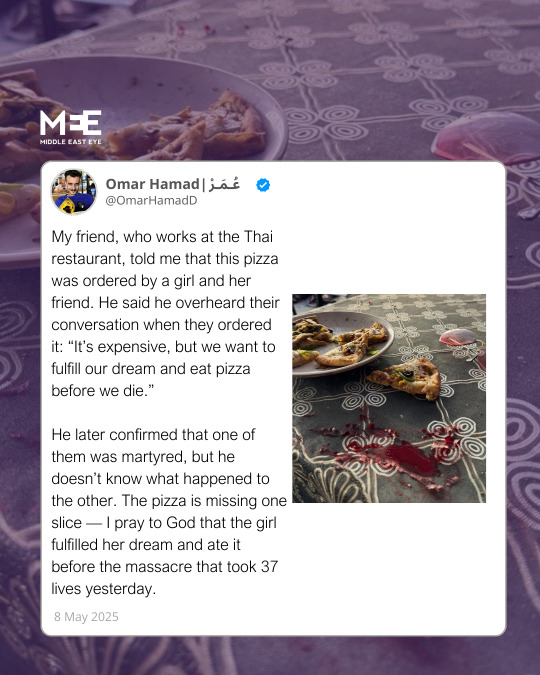
“It’s expensive, but we want to fulfill our dream and eat pizza before we die.” A Palestinian writer and pharmacist from the Gaza Strip reflected on the words of two girls who had ordered a pizza before Israeli strikes targeted the restaurant where they were sitting.
“My friend, who works at the Thai restaurant... later confirmed that one of them was martyred, but he doesn’t know what happened to the other,” posted Omar Hamad on X, formerly known as Twitter, on Thursday.
“The pizza is missing one slice — I pray to God that the girl fulfilled her dream and ate it before the massacre.”
Over 30 Palestinians were killed and dozens more wounded on Wednesday when Israel bombed a Thai restaurant on Al-Wahda street in central Gaza City’s Al-Remal neighbourhood. The Thai Restaurant had been operating as a community kitchen, providing basic meals to those in need.

Israeli Ministry of Education officials, accompanied by armed security forces, raided three Unrwa-run schools in East Jerusalem’s Shuafat refugee camp in an attempt to enforce their closure on Thursday morning, the UN agency for Palestinian refugees has reported.
The raids were conducted under new Israeli laws that effectively ban Unrwa’s activities in Israel, and occupied East Jerusalem, and follow Israeli Ministry of Education orders issued in April for the closure of six of the agency’s schools in the city.
The orders, set to take effect on 7 and 8 May, will deprive some 800 children of their education, just weeks before the end of the school year.
According to Unrwa, Israeli forces detained a staff member at one of the schools, gathered ID numbers of personnel and ordered them to dismiss the 550 students who were present in class. Unrwa added that police are also being deployed at three other schools in occupied East Jerusalem.
Staff said they had to release the 250 students who were in attendance at schools in Wadi Joz, Sur Baher and Silwan, to ensure their safety.
“This is a grave violation of the privileges and immunities of the United Nations,” said Roland Friedrich, the director of Unrwa affairs in the occupied West Bank.
“This is a traumatising experience for young children who are at immediate risk of losing their access to education. The current school year runs until 20 June 2025.”
“Unrwa remains committed to delivering its services while ensuring the safety and security of its staff and beneficiaries,” he added. The raids follow the Israeli Supreme Court’s rejection of an urgent injunction on 23 April by the legal advocacy group Adalah, demanding a halt to the enforcement of the closure orders.
On 7 May, Adalah wrote to the Israeli authorities renewing its demand to immediately halt the enforcement of the orders and warning that the closures are illegal under Israeli law.
#free Palestine#free gaza#free west bank#occupied west bank#illegal occupation of Palestine#occupied territories#west bank#I stand with Palestine#Gaza#Palestine#gaza strip#all eyes on Palestine#Gazaunderattack#Palestinian Genocide#Gaza Genocide#end the occupation#Israel is an illegal occupier#Israel is committing genocide#Israel is committing war crimes#Israel is a terrorist state#Israel is a war criminal#Israel is an apartheid state#Israel is evil#Israeli war crimes#Israeli terrorism#IOF Terrorism#Israel kills babies#Israel kills children#Israel kills innocents#Israel is a murder state
24 notes
·
View notes
Text


Although in Balkans there hasn't really been organized persecution and burning of people accused of witchcraft, nor witchcraft hysteria which was present in many Western countries in 16th and 17th century, people in areas of southeast Europe did believe in existence of practitioners of that craft. Imperial advisor Friedrich Wilhelm von Taube in his study made during 1770s for use by court officials, lists some negative characteristics of south Slavic peoples with superstition among them. However in regions of northern Serbia, which at the time were ruled by Austrians, there were witchcraft trials mostly in front of municipal courts with women accused of it being interrogated and even tortured. First trial to three "witches" in Sombor was held by city's Magistrate in 1758. The three women accused were Kristina Horvat, Jovanka Linjakuša and Marija Krstić, which in reality were local seers and herb healers. After arrest many suspicious herbs and concoctions were taken from their places of residence. Guardian of local prison made a list of everything found including bottles with grease of strong scent, chicken legs, chicken and pig bones, wax, deer tongue, lamb blood mixed with water gathered on St George day, horn of young animal, etc...
Further destiny of three accused women, to which locals were going due to lack of actual pharmacist, is unknown. First pharmacy was opened 8 years later and first doctor appeared 20 years after these events.

Six years later, in April 1764, in front of church court in Sremski Karlovci certain Simeon Stojadinović was interrogated. Young man, of 26 years of age, supposedly could recognize witches and vilas. In his testimony, Stojadinović says that many times he saw vilas "female in form, white and pale as snow who asked him for bread which he gave them". In his words, he already recognized four witches in Sombor who were then taken to Vienna in front of Maria Theresa which felt sorry for them and showed them mercy and sent them back. Those accused women were then tried in front of county court where they acknowledged their doing and promised to stop after which they were allowed to go to their homes.
Document with testimony of Stojadinović is kept today in archive of SANU in Sremski Karlovci.
35 notes
·
View notes
Text
I love you. I feel as though we were never strangers, you and I, not even for a moment.
Friedrich Nietzsche - a letter to Mathilde Trampedach, April 1876
11 notes
·
View notes
Text
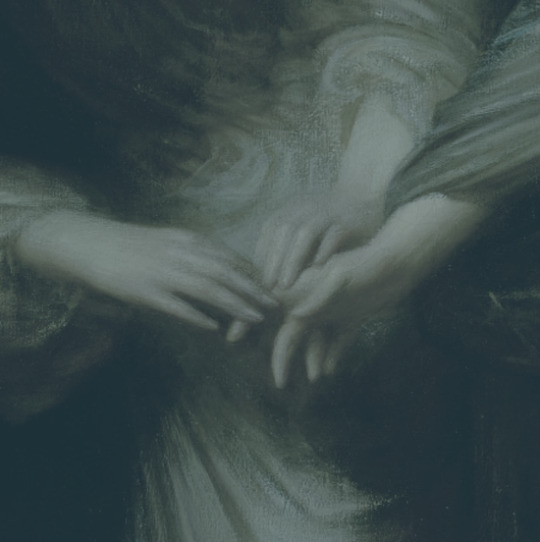

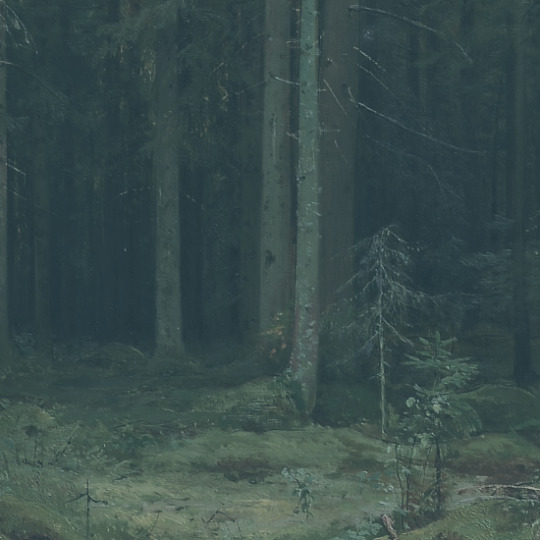



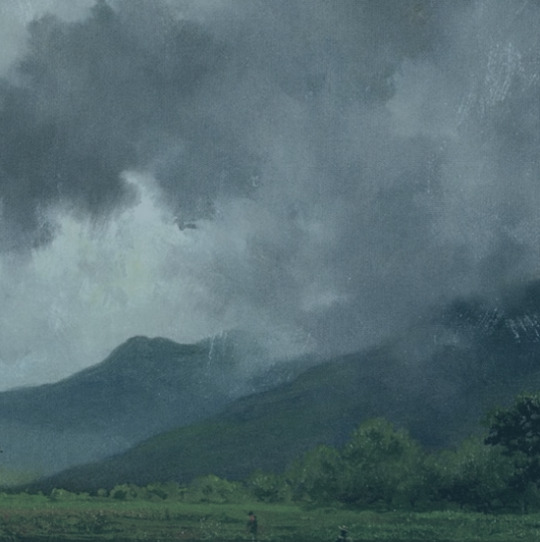
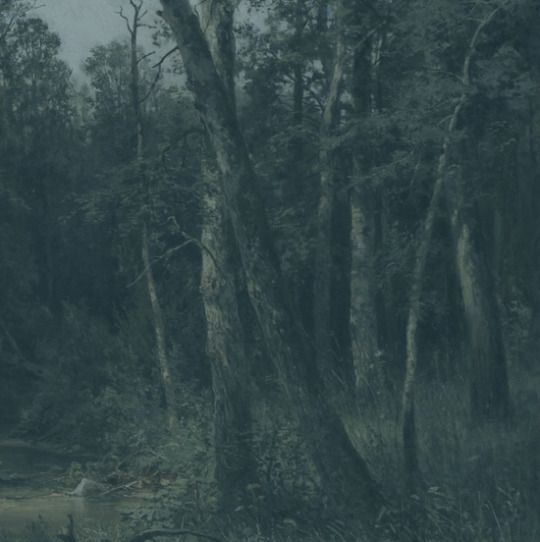

art history playlist moodboard – twilight soundtrack vibes but it's the indie/alt rock bit
Vale (Farewell) – Arthur Hacker // Morning Mist in the Mountains – Caspar David Friedrich // Countess Mordvinova’s Wood – Ivan Shishkin // Wilds – Ivan Shishkin // Temptation – William-Adolphe Bouguereau // Norwegian Highlands at Sunrise – Hans Gude // April Showers, Napa Valley – Jules Tavernier // The Dark Wood – Ivan Shishkin // Fawn – Josef Schmitzberger
#twilight moodboard complete with blue tint lmao#art history playlist moodboards#charlotte makes moodboards#charlotte's playlists#twilight soundtrack#twilight moodboard#twilight playlist#twilight aesthetic#twilight saga#arthur hacker#caspar david friedrich#ivan shishkin#william adolphe bouguereau#my music taste#music#music moodboard#art#art history
135 notes
·
View notes
Text


25/09/22 | 08/08/23
"How often have I wished you to be near me,"
- Friedrich Nietzsche; from a letter to Malwida von Meysenbug, April 14 1876
#photographers on tumblr#original photography#nature photography#nature#naturecore#nature aesthetic#cottagecore#cottagecore aesthetic#cottage aesthetic#flowers#flowercore#flower aesthetic#gardencore#earthcore#fairycore#fairy aesthetic#softcore#soft aesthetic#light academia#light academia aesthetic#autumn#autumncore#autumn aesthetic
59 notes
·
View notes
Text
Can I trust my eyes? Is it real? Friedrich Merz criticizing Israel?!
We must've slipped into a parallel universe because I never thought I'd see the day where this pile of greed and bitterness says something I can agree with. And all that right after he called everyone in the country lazy for wanting to retire at some point instead of working three jobs until we die just so billionaires can keep on sustaining their lifestyles.
But I digress. So what did Merz say exactly. To quote him:
"What the Israeli Army is doing in the Gaza strip: I honestly don't understand what their aim is anymore." "That civilians are being affected to this degree, like it has been the case more and more these last few days, can no longer be justified with the fight against Hamas' terrorism."
He specifically called out an attack on a kindergarten, which he described as "a human tragedy and a political catastrophe".
Merz's plan now is to talk to Netanyahu again within the week whom he claims to have already told: "Don't overdo it!"
Continuing, Merz said that Germany, because of its history, has to hold back on public advice toward Israel like no other, but:
"When lines are crossed, where human rights are now truly being harmed, then Germany and the German chancellor too, are obligated to speak out."
On a personal note: All I can say to this is... better late than never?
To recap: Habeck and Baerbock already blocked weapon shipments for six months back in 2024 on the grounds of preventing a genocide but then Scholz greenlit the export anyway.
Late April of this year, three delegates from SPD, Die Linke, and Grüne also called for a full stop of all arms exports to Israel.
It's a step in the right direction, that's for sure! Especially after even FUCKING STARMER finally took a stance against Israel about a week ago:
We might just finally see some light on the horizon again. Let's hope for a permanent ceasefire, some real support for Palestine, and a firm global stance against Netanyahu and his apartheid regime.
15 notes
·
View notes
Text
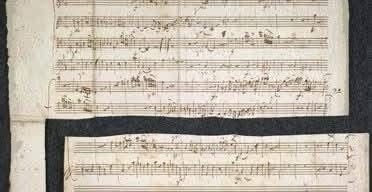

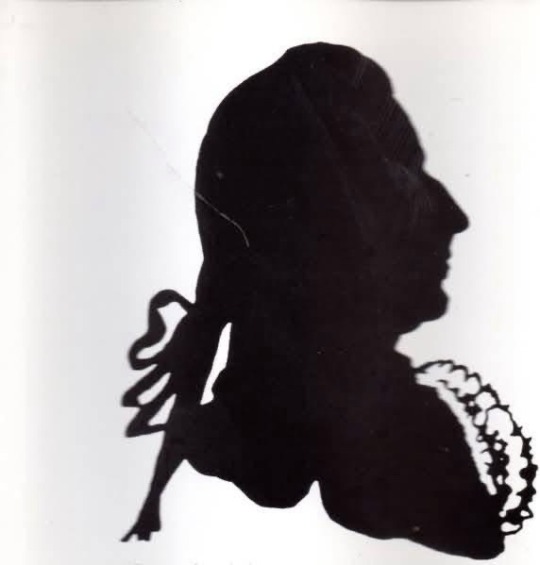
MOZART & IGNAZ VON BEECKE
Mozart manuscript cut in half by widow restored to unity ( The leaf was cut in half by Mozart's widow and sold to different individuals.)
* Ignaz von Beecke (1733-1803) belongs to the silent army of 18th century composers eclipsed by the genius of Gluck, Haydn, and Mozart (who were nonetheless his friends).
- In 1775, von Beecke met the 19-year-old WA Mozart in Munich and the two engaged in a piano playing competition at the well - known inn ZUM SCHWARZEN ADLER.
The poet and composer Christian Friedrich Daniel Schubart ( 1739 - 1791 ), who was in the audience, wrote in his TEUTSCHE CHRONIK / 27 April 1775 - that in his opinion, von Beecke played far better than Mozart:
- " In Munich last winter I heard two of the greatest clavier players, Mr. Mozart and Captain von Beecke.
Mozart's playing had great weight, and he read at sight everything that we put before him. But no more than that, Beecke surprasses him by a long way. Winged agility, grace and melting sweetness. "
" A manuscript in the fleet, restless hand of the teenage Mozart, which was cut in two and sold off separately by his financially embarrassed widow after his death, has been brought back together by the British Library. "
The single sheet of music was produced by Mozart when he was 17. At the time he was visiting Vienna to be touted by his father, Leopold, for a job as a court musician - unsuccessfully, as it turned out.
One one side of the manuscript are two piano cadenzas ( highly virtuosic passages to be performed by a concerto soloist unaccompanied by the orchestra ), and on the other a minuet for string quartet.
But in 1835, 44 years after her husband's death, Constanze carefully cut up the manuscript so that the two cadenzas ended up on separate sheets - bar one note that she lopped off the upper piece by mistake. She then sent them off to two separate people in return for favours or, potentially, cash.
"She was quite keen to realise her assets, it's fair to say," said Rupert Ridgewell, the British Library's curator of music collections.
"This was at a time when Mozart was quite popular and his fame was spreading. Anything to do with him had a value. So she had a habit of cutting things up to maximise the profit."
The upper half she sent to a Darmstadt musician called Julius Leidke. The other piece went to a local government official in Bavaria, called Sattler.
Both halves remained in different private collections in continental Europe, until in the 1950s the lower half was bequeathed to the British Library. The upper half has just been acquired.
The minuet comes from the period when Mozart was transforming himself from a pianistic child prodigy into a serious composer, and is associated with his second group of six string quartets, K168-73, though it was eventually discarded in the final version of the set.
The cadenzas are slightly different: one is for a concerto by a different composer, the now virtually forgotten Ignaz von Beecke.
The second was for a concerto Mozart had written six years earlier, aged 11 - the "Pastiche" concerto, assembled from other composers' works. "
source: The Guardian, 2006 ( part )
Image: 1/ The torn page of manuscript by the teenage Mozart / The leaf was cut in half by Mozart's widow and sold to different individuals.
( which the British Library has brought back together )
2/ Wolfgang Amadeus Mozart aged 13 by Giambettino Cignaroli, 1770. ( detail )
3/ Ignaz von Beecke ( Silhouette Portrait )
Thank you Lisa Mirren FB @Wolfgang Amadeus Mozart
#mozart#mozart life#wolfgang amadeus mozart#classical composer#classical history#classical music#classical art#classical instruments#18th century#classical
7 notes
·
View notes
Text
I don't normally add trigger warnings to my posts because talking about nazis you kind of assume there will horrible information.
This, however, is one of the worst, so TW.
Otto Moll
SS Hauptscharführer Moll held the position of SS Rapportführer a senior SS position within the SS Guard Units the "Totenkopfverbände" sanctioned within the camps.
Moll is said personally to have killed hundreds at Birkenau, and oversaw the deaths of hundreds of thousands while at the camp, such as of the Hungarian Jews in 1944. He served as the chief of the crematorium/extermination zone at Birkenau from 1943 to 1945, a role that he carried out with immense cruelty.
Moll never stood trial for what he did at Auschwitz, having left shortly before its liberation and instead surrendering to the U.S. Army at Dachau in April 1945. However, in November 1945, he was charged as a war criminal at the U.S.-run Dachau camp trial. A month later, Moll was found guilty and sentenced by hanging. He was executed in 1946.
Otto Moll has been described as "the ultimate example of the cruel 'nazi spirit'", while doctor Miklós Nyiszli described Moll as "the most insane murderer of the World War". Moll has also been described as "the sadistic and cruel executor of the 'Final Solution,' a man who was the terror of both the Jews and the SS men", and as one of the "most sadistic and evil figures in the history of Auschwitz".
Moll joined the SS-Totenkopfverbände, the SS Death's Head Units responsible for administering the Nazi concentration camps and extermination camps for Nazi Germany. One of his earliest jobs was as a Kommandoführer in charge of the camp's gardeners' work detail. In May 1941, Moll was transferred from the Sachsenhausen concentration camp to Auschwitz where he was put in charge of digging mass graves. Over the next three and half years, Moll served in several staff roles at the camp. He soon became the director of employment services at the men's camp in Auschwitz II (Birkenau). In 1944, Moll oversaw all the crematoria in Birkenau. He also was a Lagerführer of the Auschwitz sub-camps of Fürstengrube in Wesola and Gleiwitz I. According to Auschwitz commandant Rudolf Höss, he and Moll were both decorated by Adolf Hitler with the War Merit Cross, First Class with Swords. He appears several times in the photo album belonging to Auschwitz commandant Karl-Friedrich Höcker that showed SS camp staff on leave at the retreat called Solahütte. From 11 to 25 September 1943, the wife of one of Otto Moll's friends, Hans Anhalt stayed at a garrison near Auschwitz with his permission.
Moll would say to his personnel: "Befehl ist Befehl!" ("An order is an order!") to justify his actions. This was an attitude that other defendants at the Nuremberg Trials also cited as a defence.
In 1944, after realizing that the crematoria were not sufficient to burn the number of Jewish people arriving at the camp, Moll forced prisoners to dig large open-air pits to incinerate excess bodies. He also reopened a farmhouse which had been previously used as a makeshift gas chamber.
Alter Feinsilber, a member of the Sonderkommando at Birkenau who worked for Moll, later recounted:
"At that time, on average around 18,000 Hungarians were murdered daily at Birkenau. Transports would come from dawn till dusk, one after another, and around 20% of those arriving were sent to the camp. They were recorded in series A and B. The rest were gassed and incinerated in the crematorium furnaces. In cases where there were not enough prisoners, they were executed by shooting and burned in pits. As a rule, a gas chamber was only utilized for groups bigger than 200 people because it was uneconomical to use it for smaller groups. It sometimes happened that during executions by shooting some prisoners put up a fight or children cried, and then Oberscharführer Moll would throw these people into the burning pits alive. I personally witnessed the following scenes. Moll ordered a naked woman to sit on the corpses near a pit, while he shot at prisoners and threw them to the burning pit, ordering the woman to jump and sing. Of course she did so, in hopes of saving her life. After executing everybody, Moll shot this woman and she was then incinerated. On another occasion, Moll found a few rings and a watch on a boy from our group. He halted him at the crematory, had him thrown into a furnace, started a fire using paper, and then they got him out, hanged him by his arms, tortured and interrogated him to find out where he had gotten the items found on him. Of course, he told them everything, identified the prisoner who had given these items to him, and then he was set on fire from the waist down and was ordered to run toward the wires, where he was executed."
In the book We Wept Without Tears, which features testimony from camp survivors, including many who describe Moll, survivor Shlomo Dragon said "Once we found a baby who'd been stuffed into a pillow and was still alive. The baby's head was also buried in the pillow. After we removed the pillow, the baby opened his eyes. Meaning he was still alive. We took the bundle to Moll and told him he was alive. Moll took the kid to the edge of the pit, put him on the ground, stepped on his neck, and threw him into the fire." Another former prisoner said, "Moll...was so zealous and crazy that he personally took part in the cremations. Once he was overheard saying that if Eichmann ordered him to cremate his family, he'd do it. Moll revealed his sadism at times when he circulated among mothers who were about to be gassed and chatted with a boy whom they carried. He did it with a chuckle. He'd hug the boy, give him some candy, and try to talk the mother into handing the boy over. Then he'd take the kid to the pit and throw him into the fire alive." Other times, Moll would lure the child way entirely on his own.
Moll would also place naked women at the edge of the pits, shoot them in the stomach so they would fall over, and watch them burn to death, beat people with clubs and iron bars, douse people with petrol and set them on fire, set dogs on them, throw them against electric fences, and smash children into concrete walls in front of their mothers.
In November 1945, Moll was put on trial by an American military court during the Dachau trials. He was only tried for what he did at Dachau. Moll was sentenced to death after being found guilty of fatally shooting prisoners who had collapsed from exhaustion. According to Kapo Wilhelm Metzler, Moll had shot 26 people. After Moll's conviction, Major Draper, a British military prosecutor, sent an urgent request for an interview to the commandant of Landsberg Prison, where Moll was awaiting execution. He requested an interview with him, saying the world needed to know what he had done in Auschwitz. It is not known whether the interview ever took place. However, Moll was interviewed during the Nuremberg trials. Unlike his superior Rudolf Höss, he largely denied involvement in the killing of Jews at Auschwitz. After his case was reviewed, a panel recommended that Moll's sentence be carried out. He was executed by hanging at Landsberg Prison on 28 May 1946.
"One of the most sadistic figures of Auschwitz." Think of how terrible people were at Auschwitz. Mengele, Heß, etc.

16 notes
·
View notes
Text

Bird's Eye View of Konigsberg. Marking the fall of Konigsberg on April 9th. Konigsberg was called 'The City of Dreams,' and 'The Paris of The North', it was a prosperous port-city built by the Teutonic Order and stood for 800 years. 90% of the buildings were destroyed by The British RAF during wwi. The castle in the center of this composition was the birth place of Friedrich the Great, and also famously housed Napoleon at one time, in addition to the German Monarchs. I've fallen in love with the medieval gothic aesthetic of this lost city. I can think of no greater symbol of loss than a city of dreams that will never be rebuilt.
10 notes
·
View notes
Text
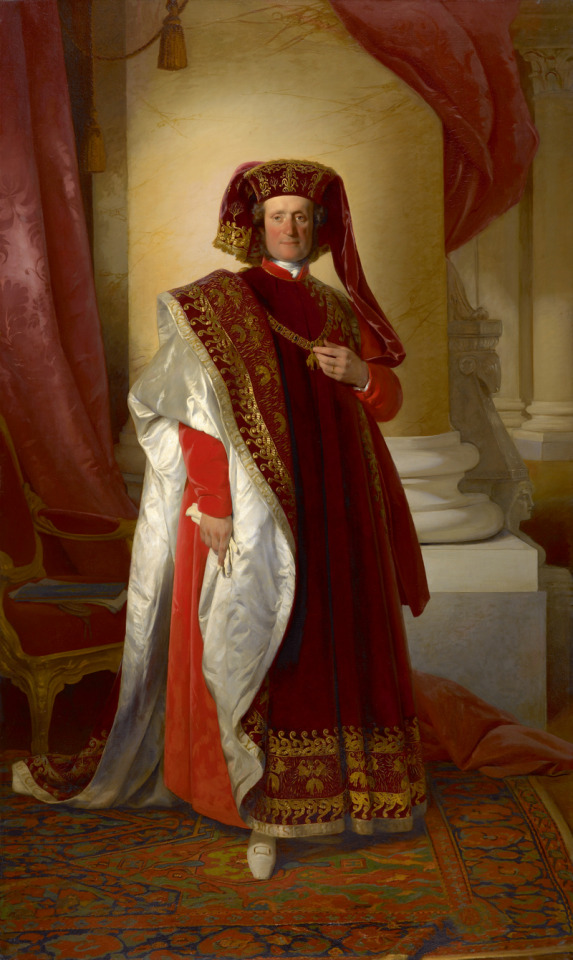
Prince Alois II von Liechtenstein (1796–1858) in the Regalia of the Order of the Golden Fleece
Artist: Friedrich von Amerling (Austro-Hungarian, 1803–1887)
Date: 1845
Medium: Oil on canvas
Collection: Liechtenstein. The Princely Collections, Vaduz–Vienna, Austria
Aloys II, Prince of Liechtenstein
Aloys II (Aloys Maria Josef Johann Baptista Joachim Philipp Nerius; 25/26 May 1796 – 12 November 1858) was the sovereign Prince of Liechtenstein from 20 April 1836 until his death in 1858.
He was a son of Johann I Joseph, Prince of Liechtenstein, and Landgravine Josepha of Fürstenberg-Weitra, and a nephew of Prince Aloys I. Aloys II married Countess Franziska Kinsky of Wchinitz and Tettau and had two sons and three daughters with her, with their two sons later ruling Liechtenstein as Johann II and Franz I. Aloys contributed actively to Liechtenstein's economic and political development.
#portrait#full length#liechtenstein dynasty#austrian history#royal robes#red and gold royal mantle#red curtains#headdress#gold embroidery#ornate chair#aloys ii#prince of liechtenstein#austrian empire#painting#oil on canvas#fine art#oil painting#artwork#austrian culture#austrian art#friedrich von amerling#austro-hungarian painter#european art#19th century painting#liechtenstein princely family
9 notes
·
View notes